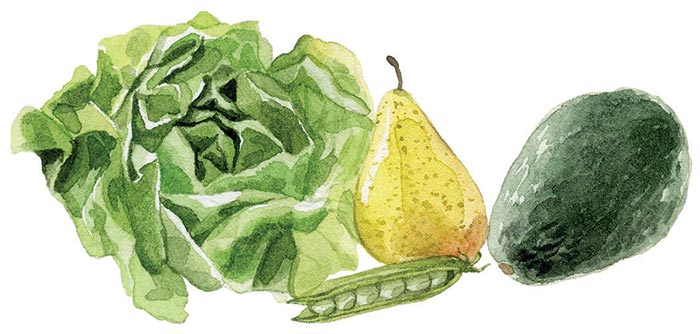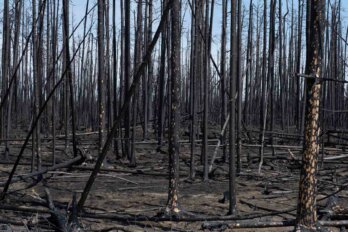
The modern green movement was born in Concord, Massachusetts, where Henry David Thoreau wrote The Maine Woods, a book extolling the benefits of conservation. Some of its readers were inspired to become conservationists who campaigned for the creation of national parks. It was the unspoiled beauty of one, Yosemite in central California, that moved naturalist John Muir to found the Sierra Club in 1892. In the years that followed, the club would champion the founding of the United States Environmental Protection Agency, prevent damming in the Grand Canyon, and much else. It now has a million and a half members and a paid staff in the hundreds.
The environmental movement did not attract much notice in Canada until 1971, when a handful of Vancouver pacifists set sail for Alaska’s Amchitka island to halt an American nuclear test. Their ship, an old fishing boat, was called the Greenpeace. While the voyage failed in its mission—the would-be saboteurs were intercepted by the US navy before they reached the test site—it nevertheless captured the attention of the media and encouraged the group’s youthful founders to soldier on. In time, they switched their focus from peace to the environment, campaigning against commercial whaling, destruction of old-growth forests, genetically modified foods, and toxic waste.
Today Greenpeace is one of the largest green organizations in the world, with three million members and offices in more than forty countries. Environmental activism has come of age. As recently as twenty-five years ago, its adherents were commonly disparaged as tree huggers and extremists. In the years since, thanks mostly to such disasters as the Exxon Valdez and Deepwater Horizon oil spills, they have outgrown these pejoratives—in the eyes of reasonable people, at least. A turning point was Al Gore’s 2006 documentary, An Inconvenient Truth, which for millions of viewers settled the debate on climate change.
Greenpeace and the Sierra Club are just two among hundreds of non-governmental organizations dedicated to green causes. Some, like the National Audubon Society, which focuses on birds, have been around for more than a century. Others, like the Forest Stewardship Council, which promotes responsible forest management, are more recent responses to growing environmental degradation (The Walrus is printed on FSC-certified paper). The largest and most influential of the green NGOs is the World Wildlife Fund, which has five million donors and operates in more than a hundred countries. While not as large, the Virginia-based Nature Conservancy is another success story, protecting more than 48 million hectares of land and 8,000 kilometres of rivers in thirty countries worldwide.
Since 1995, Canada has had a commissioner of the environment and sustainable development who reports to Parliament on the efficacy of federal environmental initiatives. Like his boss, the Auditor General, the commissioner conducts assessments to determine whether government departments are meeting their green objectives. Until this April, the commissioner was Scott Vaughan, an economist who was appointed in 2008 and delivered his final report in February. As swan songs go, it was a showstopper, even if it only confirmed what we already suspected—namely, that environmental protection here has not kept pace with the boom in resource development.
The commissioner has reported, among other findings, that the government will almost certainly fail to achieve its 2020 targets on greenhouse gas emissions; that the country is unprepared for a major offshore oil spill on the East Coast, or the 300 percent increase in tanker traffic on the West Coast; that the absolute liability limit for oil spills—$40 million, compared with $75 million in the United States—exposes Canadians to unacceptable financial risk; and that in the absence of appropriate regulation the dramatic increase in fracking for natural gas may create health risks as yet impossible to quantify. An unsettling picture.
Not so long ago, the commissioner’s troubling report would have made news for a day and then been quickly forgotten, but the now robust environmental community was not about to let that happen. John Bennett of Sierra Club Canada joined a chorus of concerned voices when he observed, “You don’t have to be a radical to understand the threat of a 300 percent increase in tanker traffic off the West Coast.” Perhaps realizing that the environmentalists are gaining momentum, the prime minister felt compelled to assure the House of Commons that his government’s commitment to resource development includes enhanced environmental protection. We shall see.
This feels like a tipping point. The green movement is now too big and scientifically well armed to ignore. The radical idea that took root near the banks of Thoreau’s beloved Walden Pond all those years ago—that the natural world requires our care—is now mainstream.
This appeared in the May 2013 issue.




